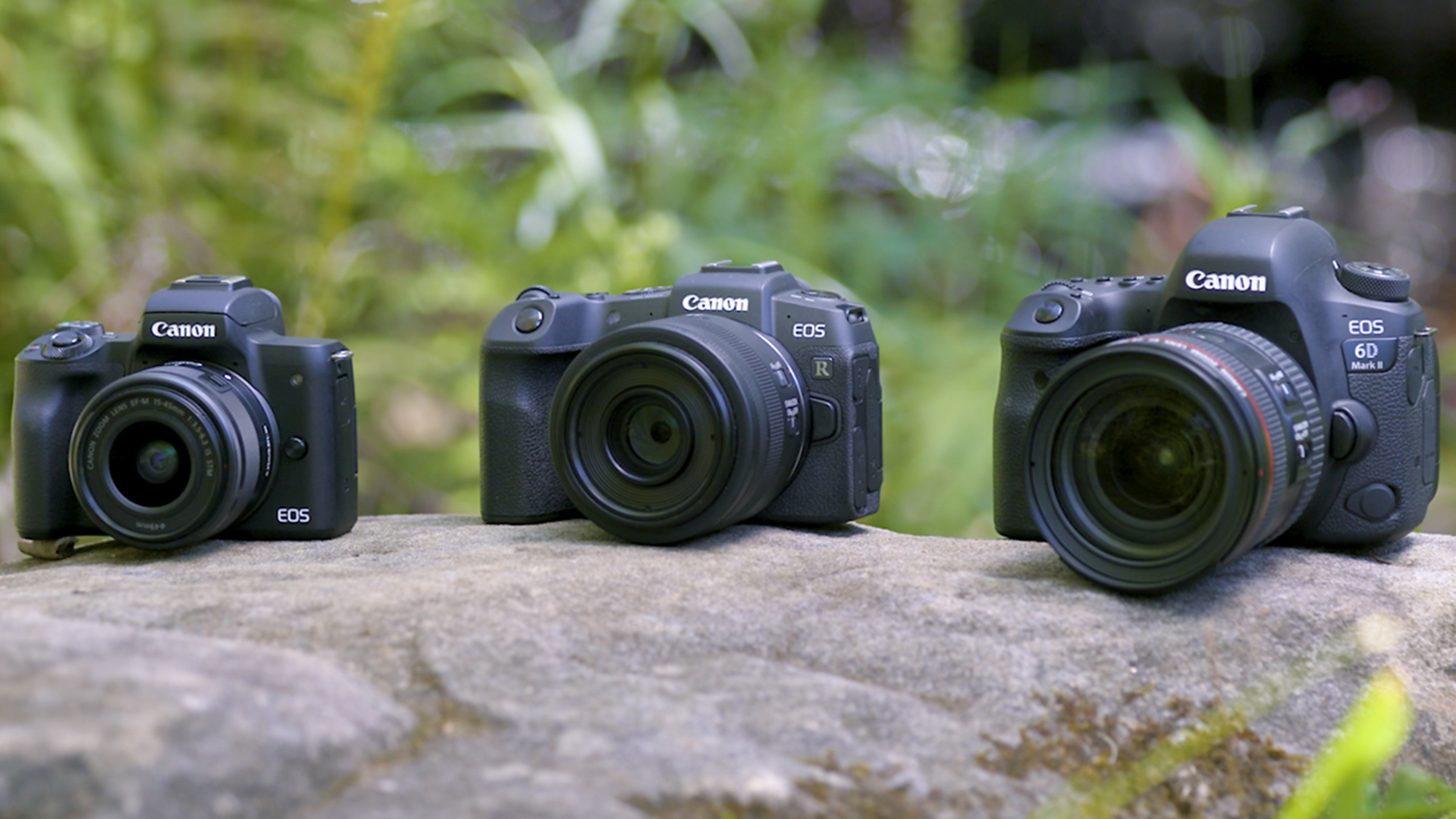Mirrorless vs DSLR is one of the most searched camera terms online these days as the two different systems become more and more alike. As the younger mirrorless system offers many of the benefits of DSLR, it becomes more difficult to pick which is best. Thankfully this Mirrorless vs DSLR guide is here to help you work out which will best serve you and your shooting needs.
Once you've figured out which type of camera is best for you, check out either our best mirrorless cameras or best DSLR cameras guide.
What's the main difference between DSLR and mirrorless?
A DSLR is a digital single-lens reflex camera, similar to an SLR but using a more modern means of capturing images than film. These have stayed very similar to their analogue forefathers which can be both a good and bad thing. The main similar feature being that mechanical movement of the lens to let in light and capture the image, only now it isn't let into the film but to the digital sensor instead.
Mirrorless is often referred to as a compact system camera and doesn't require the physical movements of a DSLR, in favor of direct image capture. This is a digital camera designed from the ground-up, if you like, rather than trying to draw an older SLR system into a modern form.
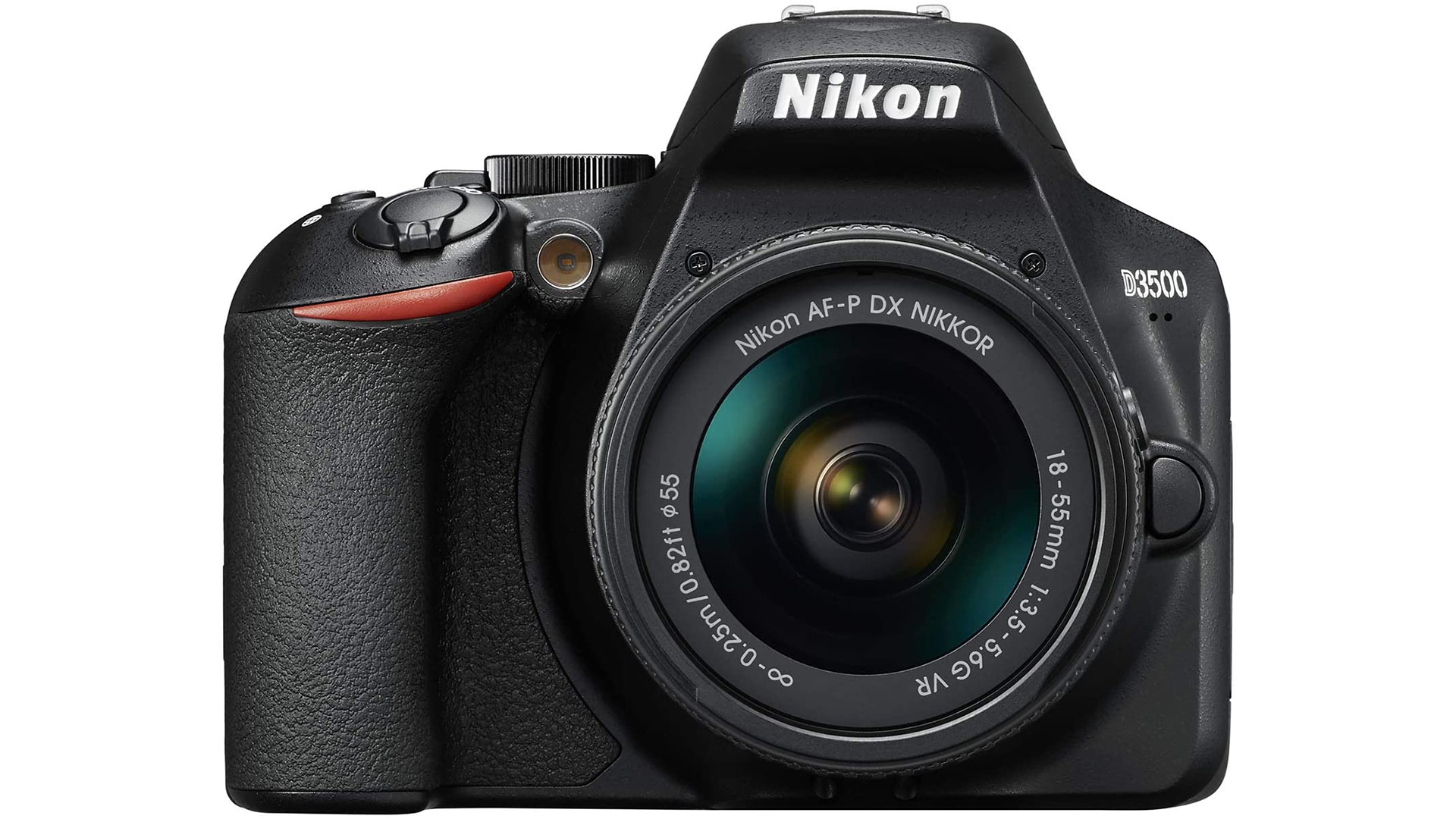
So all that means a DSLR has a reflex mirror that bounces light up into an optical viewfinder. Whereas a mirrorless camera uses an electronic viewfinder or LCD monitor to show the image being viewed directly by the image sensor.
This difference has a direct affect on autofocus, to name just one thing. More on all that below.
Autofocus can vary between camera types
Traditionally one of the biggest appeals of a DSLR over a mirrorless camera was the autofocus system. Since a DSLR uses direct light information it is able to offer phase detection autofocus. That means detection and tracking of objects in shot can be quicker than mirrorless.
This is because mirrorless cameras use sensor-based autofocus systems. These analyze the variation in contrast between pixels on the sensor. This has been slower but this is changing.
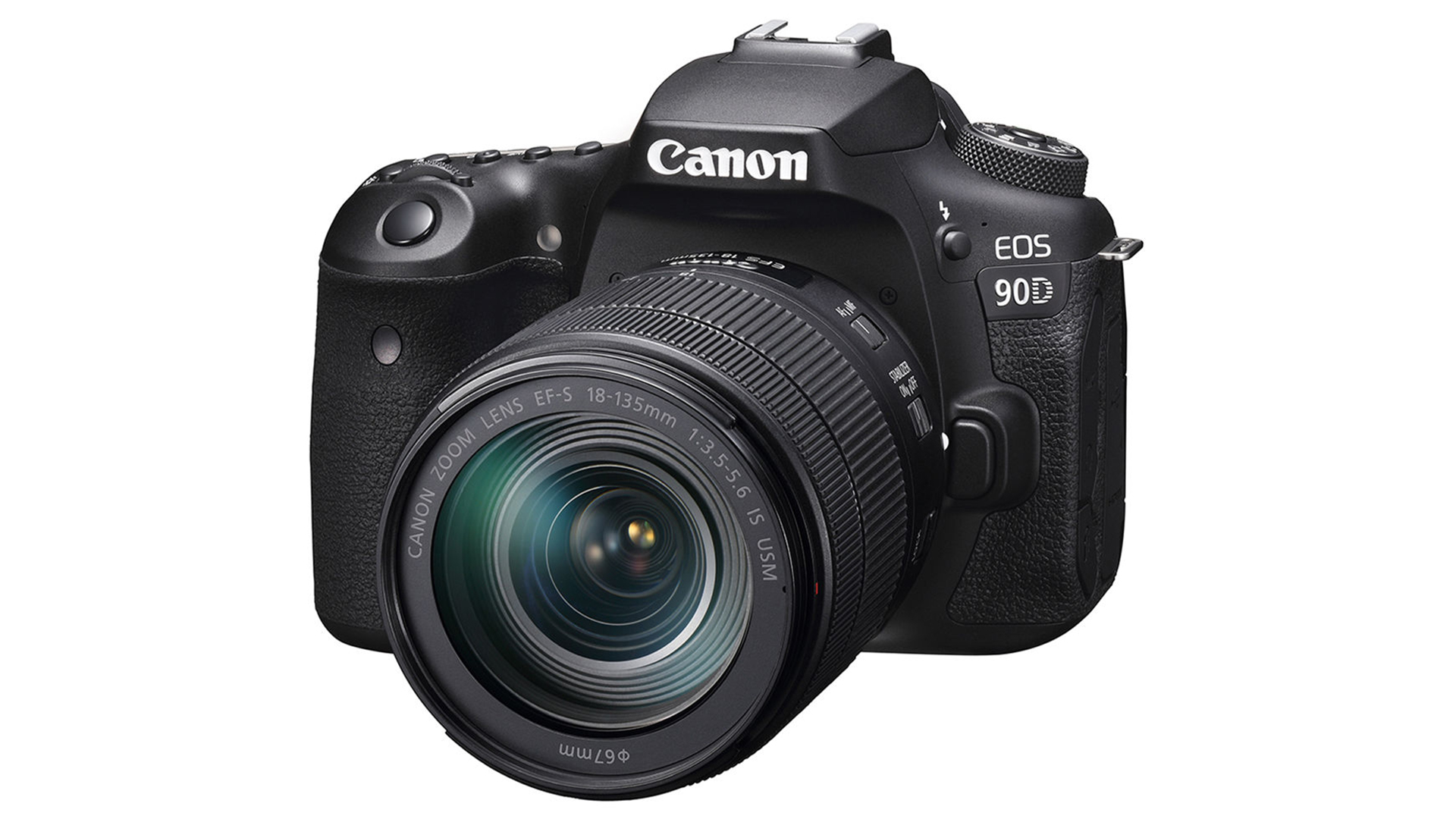
Hybrid autofocus systems have narrowed the gap between the two systems. It's also worth noting that not all AF systems are the same. Some phase detection DSLR systems may be less effective than a high-end hybrid mirrorless system. It's not just about the number of points on the AF system.
So, while DSLRs traditionally have a faster autofocus and ability to track subjects, this is changing as mirrorless camera tech improves. Now with the addition of eye detection as a feature, the digital processing side of an mirrorless camera can actually work as an advantage.
Mirrorless are more mobile than DSLR cameras
Generally the digital nature of a mirrorless camera means that it can be built into a more compact form than a DLSR, hence the compact system camera name that mirrorless is also known by.
A mirrorless camera body won't need to have the physical optical viewfinder with its mirrors and hole through which the light travels. In the case of more advanced DSLR cameras, that feature a glass prism on the viewfinder, this can also affect weight.

Of course smaller isn't always better. A smaller mirrorless camera body can mean the ergonomics aren't right for the user. In the case of those with larger fingers it can mean more awkward controls, especially in the case of small touchscreen interfaces.
DSLR has better battery life than mirrorless
In most cases you can expect the slightly larger DSLR to have a longer battery life than the more compact mirrorless camera. This isn't simply because a DSLR is larger and can have a bigger battery though.
Since mirrorless systems are more dependent on battery use, with LCD screens and digital viewfinders, the fact they're also built to be compact with smaller batteries doesn't help. Image stabilization is also often a built-in feature on mirrorless cameras, chewing through more battery compared to lens based DSLR image stabilization.
An entry level DSLR, like the Nikon D3500, can offer 1,550 shots on a charge. Go into high-end DSLR prices and you're looking at up to 3,580 shots on the Nikon D6.
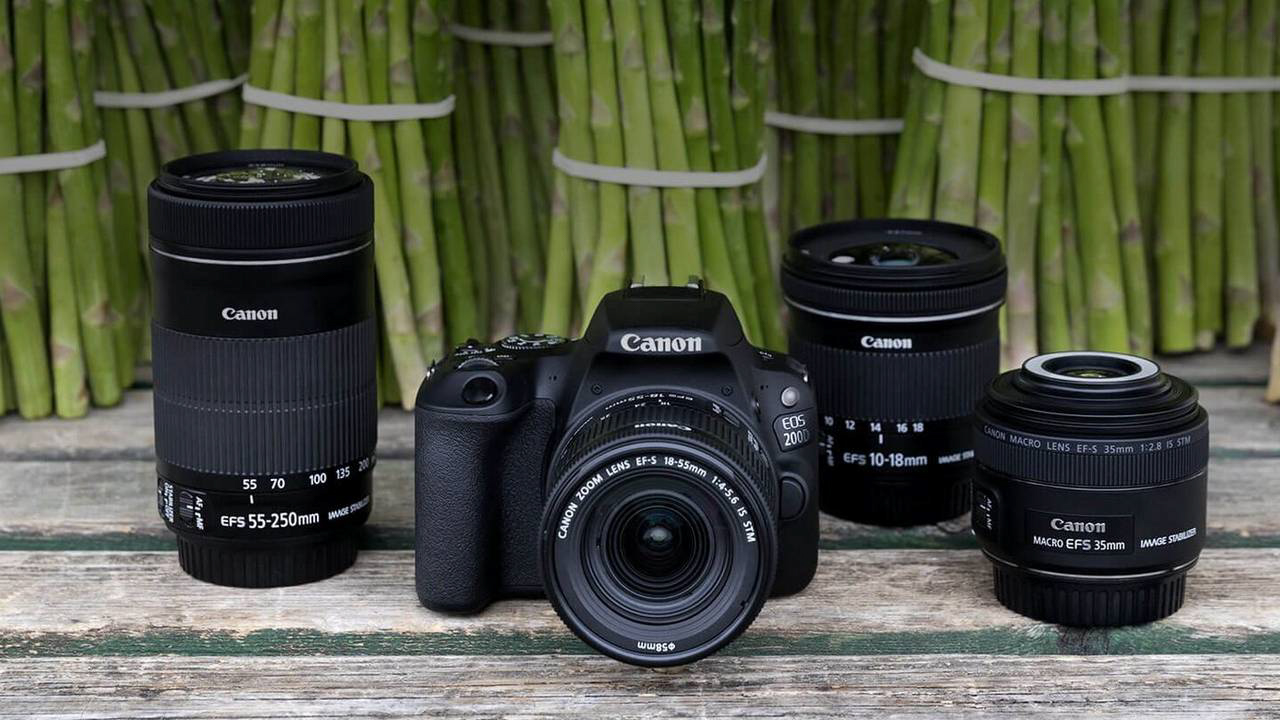
Mirrorless cameras, on the other hand, offer more like 300-400 shots on a charge. The Canon EOS RP manages a meagre 250 shots but at the other end of the spectrum there's the Sony A7R III which churns out a better 650-shots per battery.
All that said, you can buy spare batteries if needed. Also mirrorless cameras now often come with the option to charge via USB, meaning you could use a portable powerpack or even your phone charger to get powered back up.
There are more DSLR lens options than mirrorless
Since DSLR has been around longer than mirrorless, there are generally more lens options to pick from. With a good 30 years worth of Canon lenses out there, for example, it's tough to compare to the relatively new mirrorless world.
That said, Sony has built up a large range of mirrorless lenses very quickly. Panasonic uses the L-Mount Alliance with Sigma and Leica to help grow that offering faster. Generally speaking if you go for a full-frame camera, be it mirrorless or DSLR, you're going to have more lens options available to you.
In both cases there are lens adapter mounts available on lots of camera models which mean you can use older lenses, or even third party options, to grow your collection.
Mirrorless offers better video than DSLR
Since mirrorless cameras have been developing on-sensor autofocus systems since their inception, they're perfectly suited to video capture. As a result you will generally find better video offerings from mirrorless over DSLR rivals.
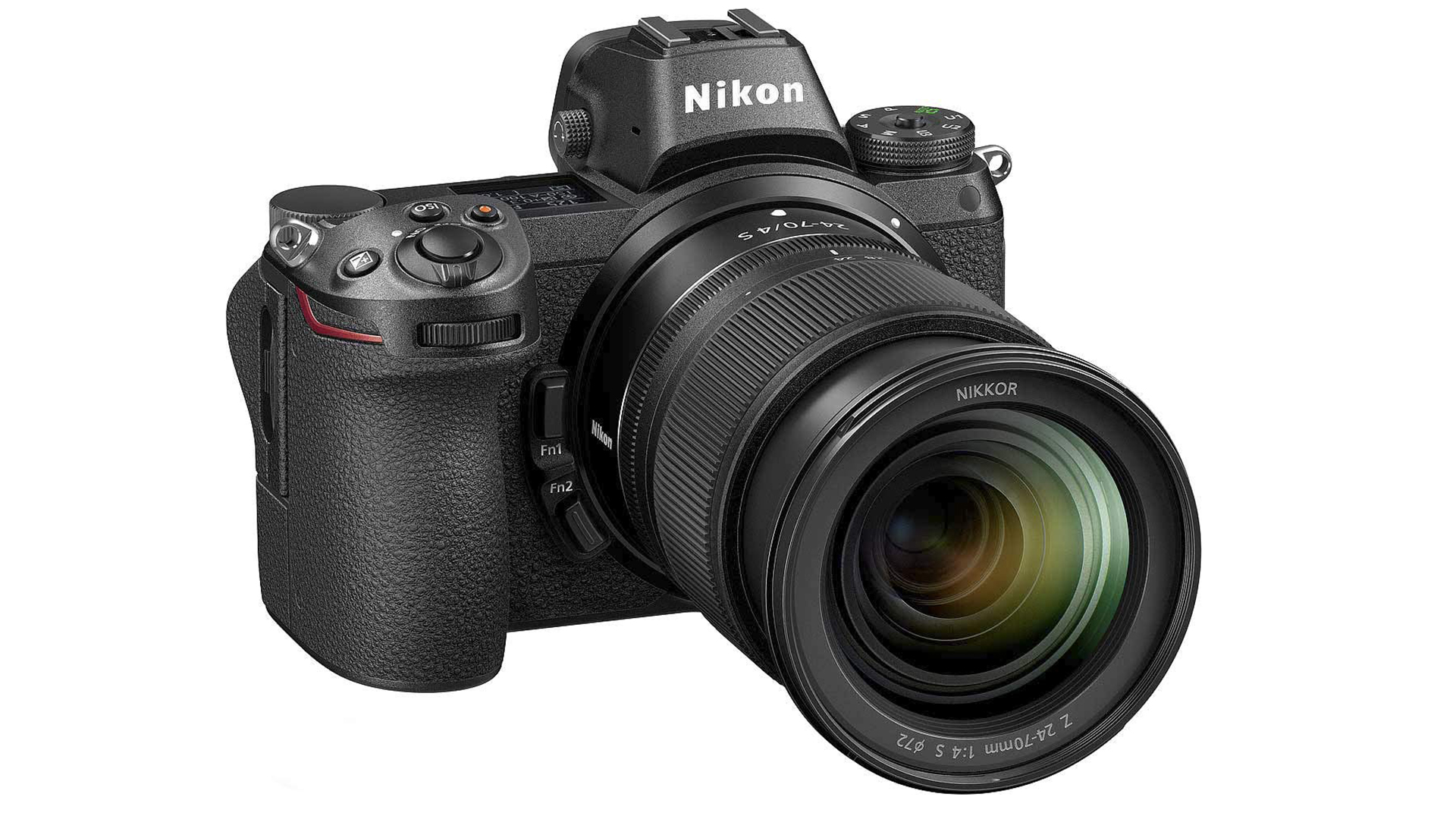
Most mirrorless cameras will now capture 4K video at 30fps without any cropping. While there are many DSLRs that will also stretch to 4K, don't expect the frame rate to be as decent without paying more for a higher end camera.
In the case of some mirrorless cameras, like the Fujifilm X-T3, 4K can be captured at up to 60fps allowing not only for high-quality video but the ability to use features like two times slow motion.
It's not just the camera though, even mirrorless lenses are designed with video in mind. From advanced focus actuators to silent stepping motor autofocus, these offer smooth and silent focus transitions when filming that DSLR lenses largely can't match.
Optical DSLR viewfinders are more accurate than a mirrorless EVF
The DSLR optical viewfinder sends the real-world image directly to your eye, meaning maximum speed and accuracy. The electronic viewfinder of a mirrorless camera, despite hitting up to 5 million dots in the likes of the Panasonic Lumix S1R, still isn't as real. The contrast of that display may not be exactly the same as the camera, deceiving the eye. There's also claimed to be lag on digital, although refresh rates are so fast now that's tough to prove.
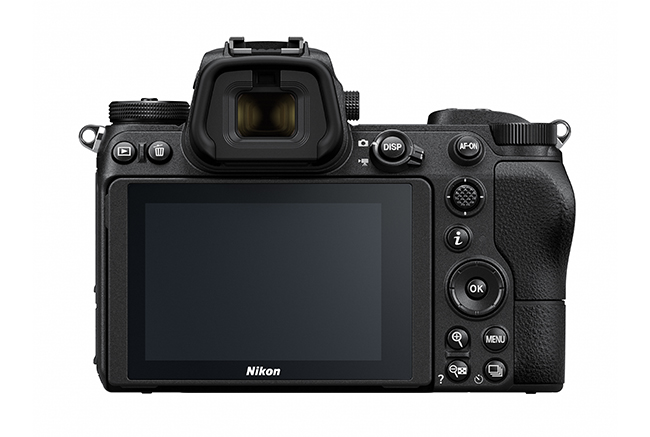
The advantage of an EVF is its ability to show you any changes made to exposure, white balance, color settings and so on, live in the viewfinder. A DSLR will show you this on the LCD screen right after you've taken the shot, of course. In the case of the Fujifilm X-Pro3, a hybrid viewfinder, that uses an electronic screen to throw light up to the viewfinder, is able to combine the best of both by effectively giving you a heads-up display for more information on the optical viewfinder.
Mirrorless vs DSLR: Verdict
As you've likely realized at this point, there are lots of positives and negatives to both types of camera but to summarize, here's what you need to know.
A DSLR offers a live view optical viewfinder for a more accurate and arguably faster view of what's being shot. In many cases a DSLR also offers better phase detection autofocus ideal for faster moving subjects. Despite being larger, a DSLR generally offers better ergonomics and a longer battery life. It also can offer more lens options.
A mirrorless camera is usually more compact, offers better video and can be charged via USB. It will also allow you to see changes made to image settings live on the EVF.
So what combination of those features best suits your needs should help you to work out the best camera for you. Just keep in mind the more you spend isn't always going to give you a better version of what you need. That's why it's good to make sure you read up on what testing has revealed.
Once you've made your decision, head on over to either our best mirrorless cameras or best DSLR cameras guides to find out more.
